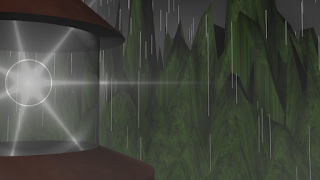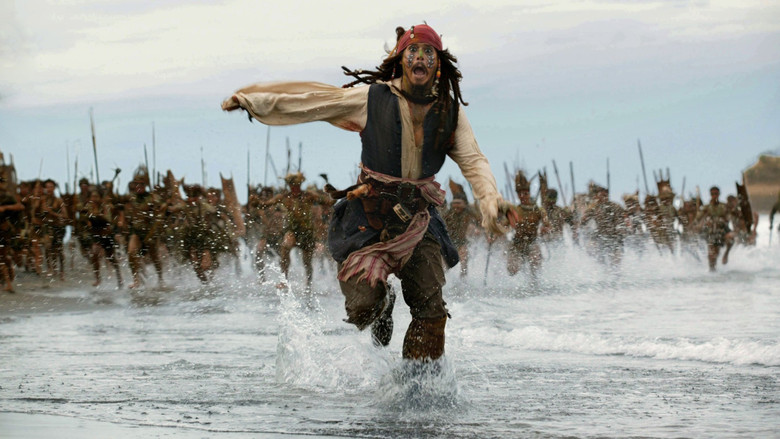Bird's Eye Shot
In this shot you can see the landscape from above as if you were a bird, hence the name of the camera angle, "Bird's Eye Shot". Additionally, in this picture you can see repetition/pattern in the grass texture and the water texture. This shot also has informal balance, because the water and lighthouse are on one side and the mountains and grass are on the other.
Close Up Shot
This shot shows the lighthouse in a close up manner. You can further identify some of the textures on the lighthouse. The lighthouse is placed in the middle of the shot to emphasize itself and draw your eyes to it. In the background you can also see this shot has informal balance, with the mountains on one side, and the foggy sky on the other.
Extreme Close Up Shot
This extreme close up shot allows us to look closer to the lighthouse. You can see the texture of the glass and shape of the light better. Additionally, you can see the variety and unity of gray and white colors. The Rain also shows vertically linear repetition.
Eye Level Shot
The eye level shot is a shot where you can easily see the subject of the frame and it is emphasized. In the background there are varieties and unities of greens, grays, and browns. Also the background behind the lighthouse is informally balanced, with the mountains on one side and the sky on the other.
Over The Shoulder Shot
In the over the shoulder shot you can look behind or in front of the subject while it is still apparent in the frame, creating a over the shoulder look. This shot is informally balanced, the lighthouse is on one side and the mountains are on the other. Also, you can see the unity of green colors on the background.
Point Of View Shot
This point of view shot is as if you are a person looking from the ground at the lighthouse. The shot shows a unity of gray and green colors, which each add a different aspect to the scene. Also, you can see the vertically linear repetition in the rain.
Worm's Eye Shot
This shot is low to the ground looking upward as if you were a worm in the grass, hence the name "Worm's Eye Shot". The shot shows repetition of curved and vertical lines, you can see the curved lines in the lighthouse structure and the vertical lines in the rain. In the background you can also see the unity of gray colors in the sky.
Long/Establishing Shot
The long and establishing shot shows the subject's environment, you can see how it looks in relation to its environment. This shot shows the unity of green, gray, and brown colors, each aspect of the environment enhances the other. The shot is also informal because the lighthouse is one one end of the picture and the light and landscape is on the other.
Medium Shot
In this medium shot you see the lighthouse from its middle upward. The background has a unity of gray, green, and brown colors and also is informal with the mountains on the right and the sky on the other. The shot also emphasizes the lighthouse by putting it in the middle of the frame.
If I were to do this project again I would do many things differently. Definitely I would put more effort into the mountains and water, I was having trouble with them so I stopped before I made it any worse. The textures also were not the best, I would like them to relate with each other and look more realistic. Personally I would recommend for you to whenever you have trouble find the page in the book, I kept messing up because I was only going off memory, so if I were to of used the book I probably would have had more success.
If I were to do this project again I would do many things differently. Definitely I would put more effort into the mountains and water, I was having trouble with them so I stopped before I made it any worse. The textures also were not the best, I would like them to relate with each other and look more realistic. Personally I would recommend for you to whenever you have trouble find the page in the book, I kept messing up because I was only going off memory, so if I were to of used the book I probably would have had more success.




















